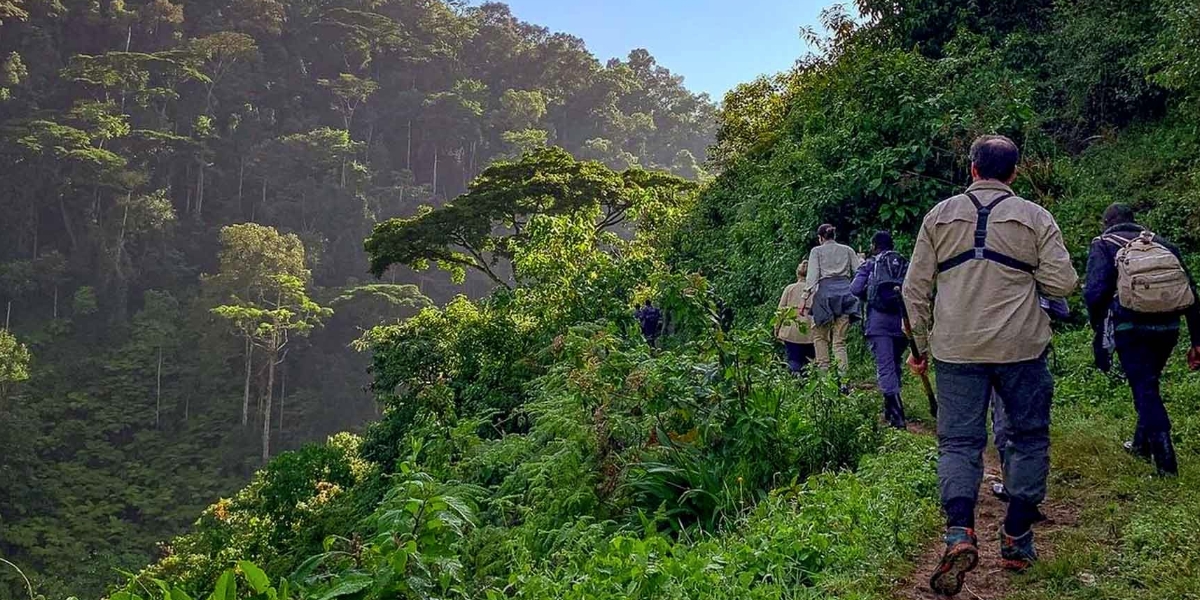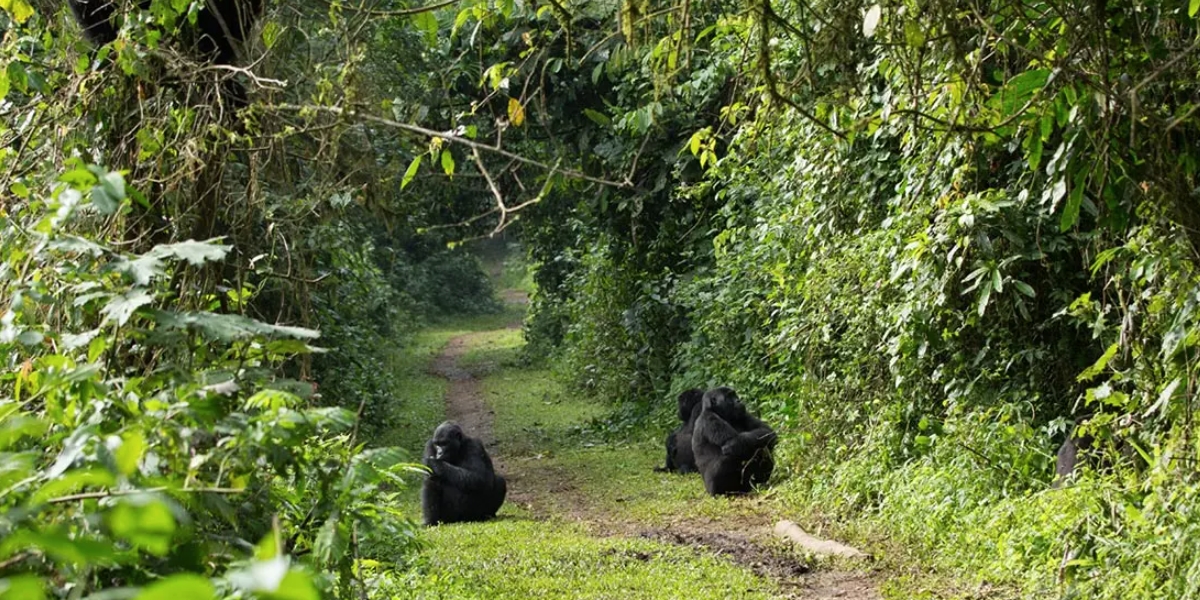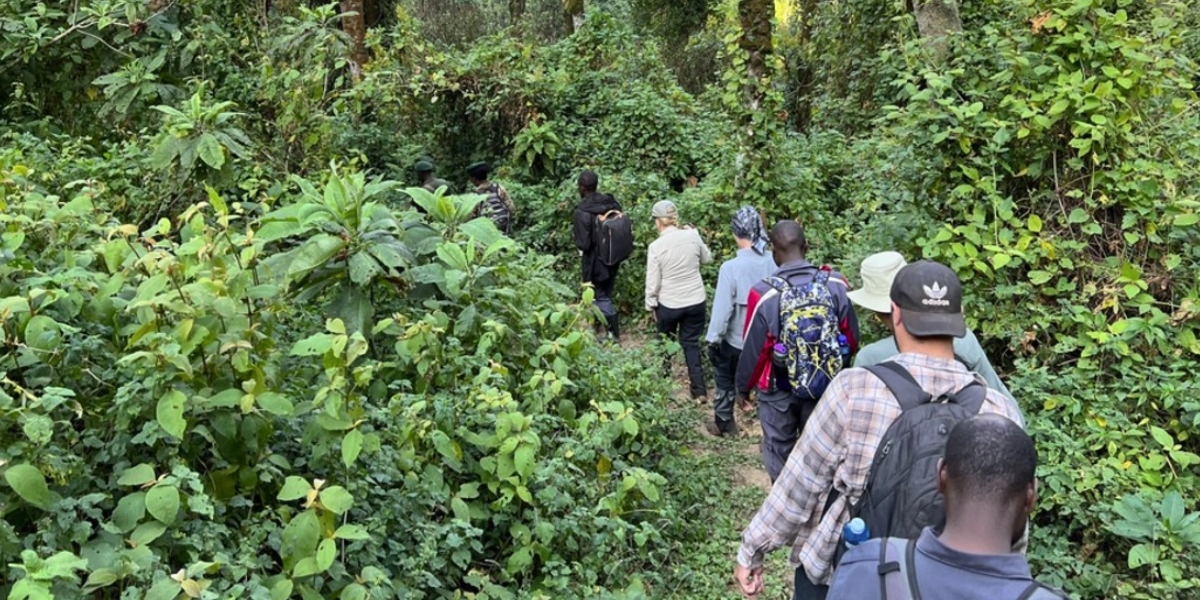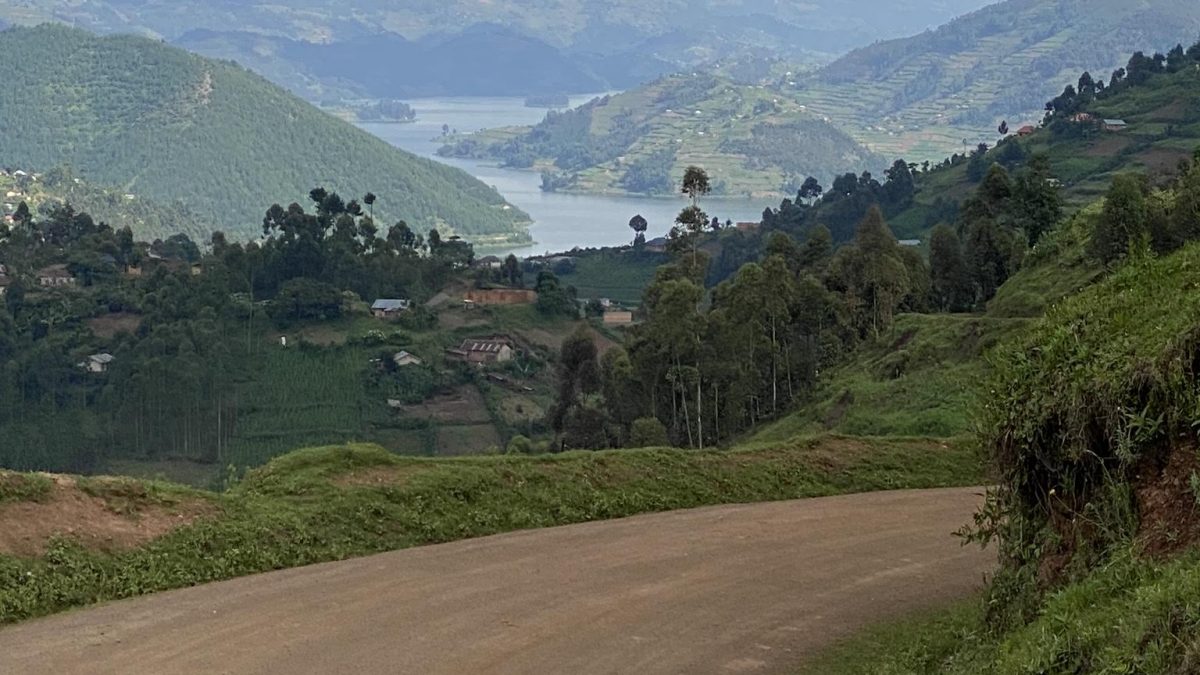
Nature Walking Safaris Bwindi Impenetrable Forest National Park
Nature Walking Safaris Bwindi Impenetrable Forest National Park, Gorilla trekking is undoubtedly the star attraction at Bwindi Impenetrable Forest National Park, but there’s much more to discover. Walking safaris in Bwindi offer an incredible way to delve deeper into the park’s lush tropical environment, allowing you to see a variety of animals, birds, plants, and rivers up close.
Walking Trails In Bwindi Impenetrable Forest National Park
Bwindi Impenetrable Forest National Park has many walking trails, each located in different areas of the park. Popular options include the Kashasha River Trail, Mubwindi Swamp Trail, River Ivy Trail, Muzabajiro Trail, Bamboo Trail, Munyanga Trail, Ruizi Trail, Buhoma-Nkuringo Trail, Rushura Trail, Habinyanja Trail, and the Waterfall Trail, among others.
Experiencing Walking Safaris in Bwindi Impenetrable Forest National Park
Like any adventure, your walking safari in Bwindi begins with a briefing where you’ll learn about the rules and guidelines. Armed ranger guides will accompany you throughout your journey, ensuring your safety from wild animals and pointing out various park attractions, including wildlife, birds, plants, and water sources.
The time it takes to complete each trail varies depending on the season. During the dry season, trails are easier and quicker to navigate, while the rainy season can make them muddy and slippery, requiring more time.
Wildlife Encounters on Walking Safaris
While on a walking safari in Bwindi Impenetrable Forest National Park, you might encounter a range of animals, such as buffaloes, red-tailed monkeys, olive baboons, bushpigs, duikers, giant forest hogs, elephants, otters, jackals, civets, chimpanzees, and, if you’re lucky, mountain gorillas. Bird enthusiasts can explore specific birding trails like the River Ivy Trail, Mubwindi Swamp Trail, and Bamboo Zone Trail to spot various bird species.
Expect to see birds like the black kite, bat hawk, African jacana, grey crowned crane, black bee-eater, great blue turaco, brown snake eagle, handsome francolin, red-knobbed coot, common cuckoo, olive pigeon, ross turaco, scared apalis, blue-headed coucal, lesser honey guide, barn swallow, grey wagtail, forest robin, olive thrush, wood warbler, Rwenzori batis, and brown-throated wattle eye.
Essential Packing List for Walking Safaris
When preparing for a walking safari in Bwindi Impenetrable Forest National Park, it’s important to pack wisely to ensure a comfortable and safe experience. Here’s a comprehensive packing list tailored for your adventure:
Clothing:
- Long-sleeved shirts and pants: These help protect against insect bites and scratches from vegetation.
- Waterproof hiking shoes: Sturdy footwear is essential for navigating the trails, especially during the rainy season.
- Long cotton socks: Opt for thick socks to provide additional protection and comfort.
- Gaiters: These are useful for keeping dirt and debris out of your shoes and protecting your lower legs.
- Lightweight rain jacket or poncho: The weather can be unpredictable, so be prepared for rain.
- Warm layers (sweater or fleece): Mornings and evenings can be chilly, especially in higher altitudes.
- Hat and sunscreen: Protect yourself from the sun during your walks.
Accessories
- Gardening gloves: These can protect your hands from thorns and rough terrain.
- Light backpack: Choose a comfortable backpack to carry your essentials.
- Insect repellent: Essential for warding off mosquitoes and other insects.
- Sunglasses: Provide protection from the sun and glare.
- Binoculars: Great for spotting wildlife and birds from a distance.
- Camera: Capture memories of your safari with a good-quality camera.
Hydration and Nutrition
- Reusable water bottle: Stay hydrated by carrying a refillable water bottle.
- Energy snacks: Pack some energy bars, nuts, or dried fruits for quick sustenance during your walks.
Health and Safety
- First aid kit: Include basic supplies like band-aids, antiseptic wipes, pain relievers, and any personal medications.
- Personal toiletries: Toothbrush, toothpaste, biodegradable soap, and hand sanitizer.
- Wet wipes or tissues: Handy for freshening up during your safari.
Navigation and Information
- Map and compass or GPS device: Although guides will lead the way, it’s good to have your own navigation tools.
- Park guidebook or wildlife identification book: Helpful for learning about the flora and fauna you encounter.
Miscellaneous
- Zip-lock bags: Useful for keeping small items dry or organizing your belongings.
- Headlamp or flashlight: Essential for early morning or late evening walks.
- Extra batteries and power bank: Ensure your electronic devices stay charged.
- Travel adapter If you’re bringing electronic devices from abroad, check the voltage compatibility.
Best Time for Nature Walking Safaris Bwindi
Walking safaris in Bwindi can be enjoyed year-round, but the dry months from June to September and December to February are ideal. These periods offer dry trails, shorter vegetation for better wildlife viewing, and well-maintained roads.
Budget travelers might prefer the rainy season from March to May and October to November, when accommodation prices drop. However, be prepared for muddy trails, taller vegetation, and potentially poor road conditions.
Where to Stay During Your Walking Safari
Visitors to Bwindi have a range of accommodation options depending on the sector they visit. It’s advisable to book stays close to your chosen sector to maximize time for activities. Each sector offers budget, mid-range, and luxury lodging options:
- Rushaga Sector: Options include Rushaga Gorilla Lodge, Wagtail Eco Safari Lodge, and Lake Mulehe Gorilla Lodge.
- Ruhija Sector: Stay at places like Ruhija Gorilla Safari Lodge, Trekkers Tavern Cottages, and Chameleon Hill Lodge.
- Nkuringo Sector: Choose from Nkuringo Bwindi Gorilla Lodge, Virunga Campsite, and Clouds Mountain Gorilla Lodge.
- Buhoma Sector: Enjoy accommodations at Buhoma Lodge, Haven Lodge, and Sanctuary Gorilla Forest Camp.
Getting to Bwindi for Walking Safaris
You can reach Bwindi by road or air. For a luxurious or shorter journey, fly with companies like Bar Aviation Uganda, Aerolink Uganda, or Fly Uganda from Kajjansi airstrip or Entebbe International Airport to Kihihi airstrip (for Buhoma) or Kisoro airstrip (for Ruhija, Rushaga, and Nkuringo sectors).
Alternatively, travel by road from Kigali or Kampala. A trip from Kigali takes about 4-5 hours via the Katuna or Cyanika border, while from Kampala, it’s a 9-10 hour drive through Masaka, Mbarara, Kabale, and Kisoro or Kanungu.
Bwindi Impenetrable Forest National Park offers an unforgettable experience for nature lovers, with its diverse trails and rich wildlife, making it a perfect destination for walking safaris.






